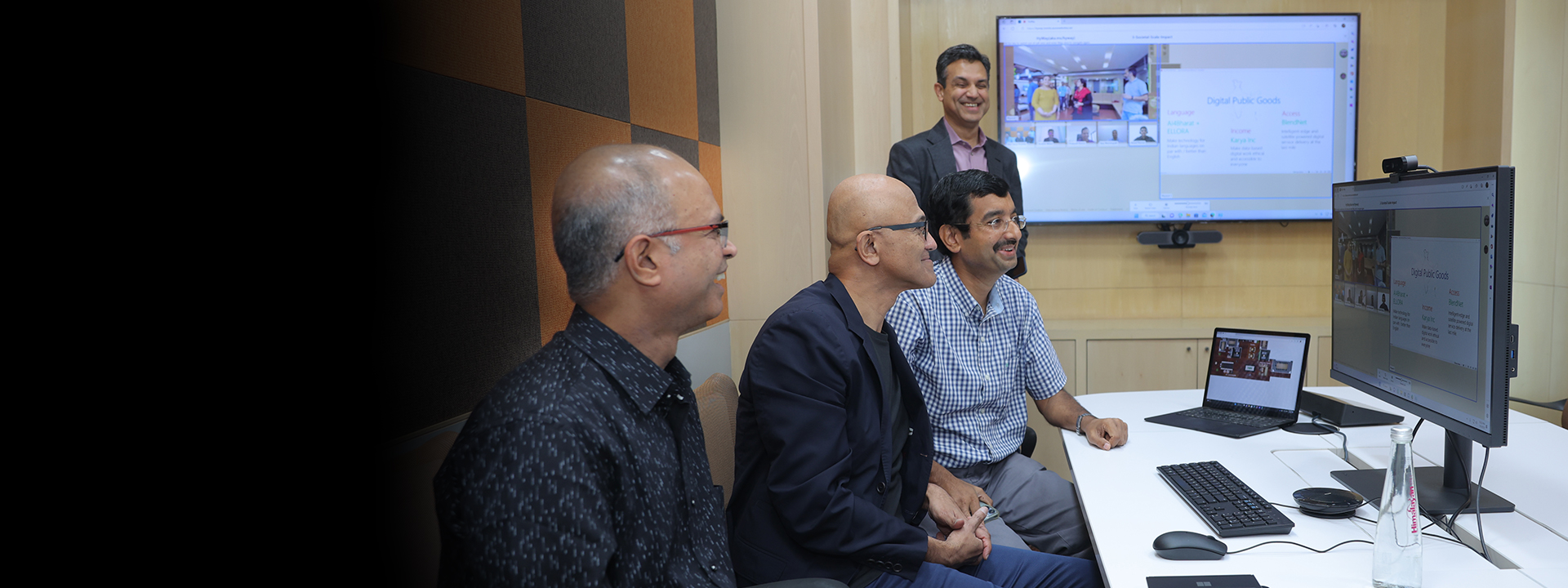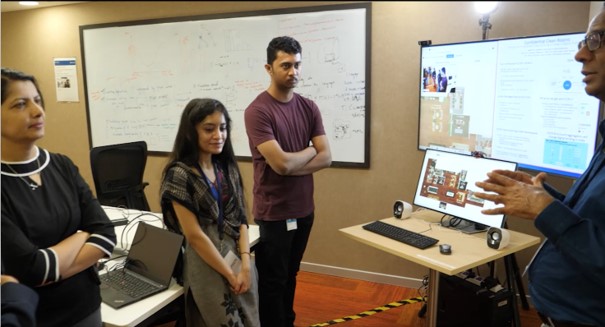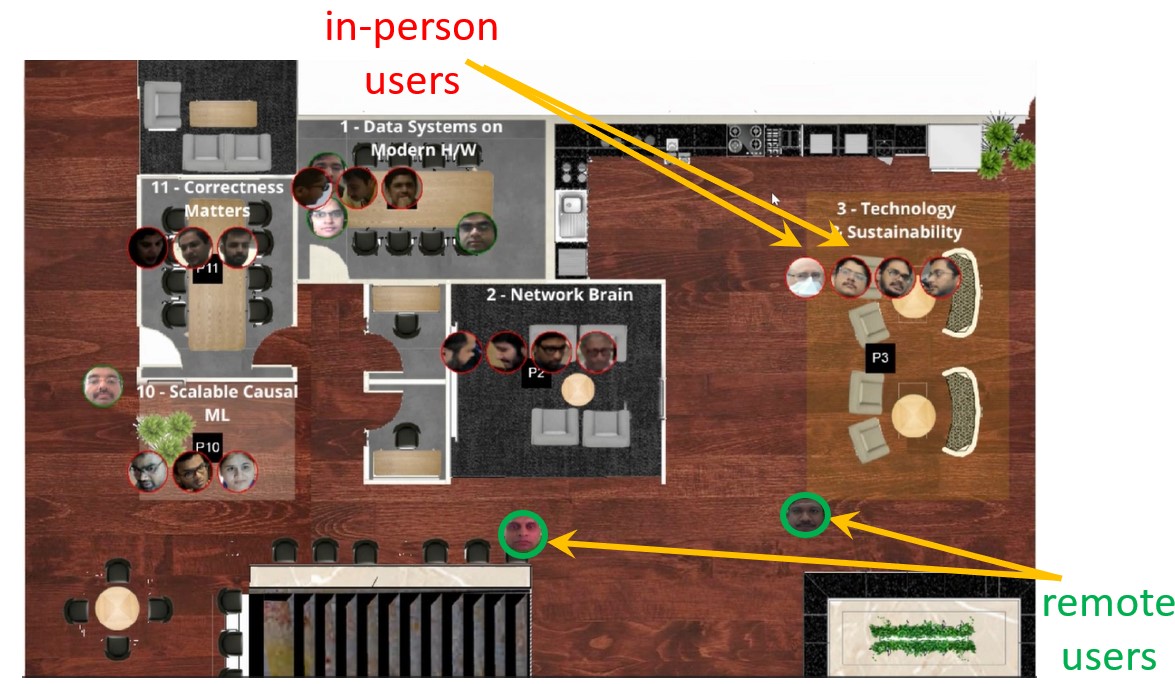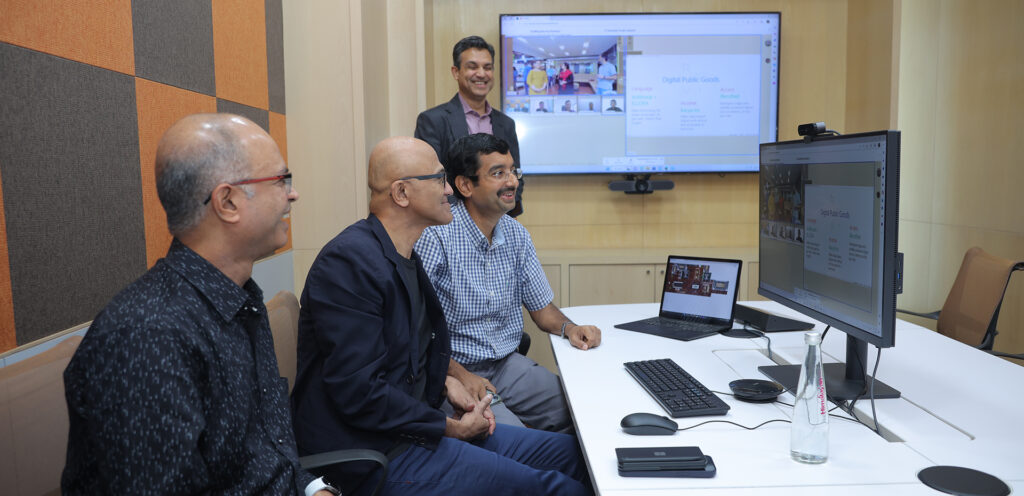Context
As normalcy has returned after the COVID-19 pandemic, offices have reopened, and events have returned to a physical format. However, the convenience and cost savings of remote work have not been forgotten. So, we have entered the era of hybrid work and events, with many employers allowing employees the flexibility of mixing remote work with in-person work, and events such as conferences routinely allowing remote attendance alongside in-person participation.
Mainstream tools such as Teams and Zoom are designed for planned and structured meetings, as are newer tools such as the ones noted below. What’s missing is the support for unplanned, unstructured, and in-the-moment interactions, which we term “mingling”.
During the pandemic, tools such as Discord, Gather, and SpatialChat became popular for virtual gathering experiences. What’s missing in these virtual-only tools, however, is the support for hybrid interactions due to the inherent limitations of their design.
We believe that hybrid interaction is more than being just about meetings. This motivates our work on HyWay.
Overview
We have developed HyWay, short for “Hybrid Hallway”, to enable mingling between in-person (physical) and remote (virtual) users in semi-structured and unstructured settings. Examples of semi-structured settings include tradeshows and birds-of-a-feather mixer events, where participants congregate around topics or content but retain the ability of move around flexibly. Examples of unstructured settings include the office watercooler and the conference hallway during breaks, which tend to be even more fluid in terms of user participation and mobility than semi-structured settings.
We take inspiration from the physical setting, where users are comfortable mingling because the interactions tend to be surprise-free and fluid. The goal of HyWay is to recreate this as best of possible in hybrid settings where some users are remote. Ambient awareness ensures that users know of the presence of others around, not just those they may be talking to but also others in the vicinity. They are often also able to overhear nearby conversation(s). If someone they see or something they overhear catches their interest, users have the agency to move over and join that conversation. The agility manifests itself in multiple ways in the design of HyWay: in our use of commodity hardware which facilitates scaling and deployment; not requiring the in-person users to install an app or even carry a device, which helps with frictionless bootstrapping to attain critical mass; and employing a deploy-learn-refine flywheel to improve the system continually.
Design
In HyWay, remote users navigate a map-based representation of the physical space, bump into in-person users who are mingling in the hallway and engage with them via large HyWay-enabled displays (“physical zones”; see the left image below) that are placed in the physical spaces. Their ability to explore and discover is enabled by the map-based interface, which displays face bubbles for both in-person and remote users (see the right image below).
The design of HyWay doesn’t impose much at all on the in-person users. Very little changes for them — they engage with each other just as in a purely-physical setting, except when they are in the vicinity of a display, when they can additionally engage with remote users.
Bridging the awareness gap between the in-person and remote users is key to enabling natural, surprise-free mingling. To this end, HyWay employs 3 design elements: porosity, reciprocity, and map-based interface. (1) Porosity ensures that, unlike in Teams or Zoom calls, users engaged in a conversation can overhear nearby conversations, and reciprocally be overheard by others in the vicinity. (2) Reciprocity ensures that users — both in-person and remote — can see and hear others only if they are themselves seen and heard. Unlike in structured settings, where it might be fine for some or even many of the participants to have their cameras turned off or mics muted, we believe that in an unstructured setting, it is hard for users to mingle when they cannot see or hear others. (3) Map-based interface uses a skeuomorphic representation of the physical space, with face bubbles representing both in-person and remote users (see the right image above). This allows users to be aware of others around, including those who might be within earshot or who might be approaching.
Together, the above design elements ensure that users are not locked into airtight conversations. Instead, users (both in-person and remote) are fully aware of the presence of other nearby in-person and remote users, both through aural (overhearing) and visual (map) cues. This naturally provides agency. Just as in-person users in the hallway are at liberty to move about, so can remote users move from one conversation to another using the map-based interface. The fact that the map corresponds to the space where the in-person is situated (and is not merely a synthetic map as in tools such as Gather) allows for natural hybrid interactions, such as an in-person user moving from a conversation in one zone to another, and a remote user following along, or vice versa.
User Feedback
We have deployed HyWay at several events at Microsoft, including poster sessions, meetup/mixer events, and social gatherings. The feedback from these have been very encouraging, with users and event organizers alike having good things to say. Here is a sampling of the feedback received (bolding added):
- “great job of bridging the physical and the virtual“
- “Loved the informality; porosity made it feel much more real“
- “much more like in-person meetings versus just showing up on a Teams call“
- “the HyWay system was great … it was the best hybrid experience they had during the pandemic“
Please see the paper on HyWay at ACM UbiComp 2023 for more details on the user studies.
Notable Visitors on HyWay
We have had the opportunity to showcase HyWay in action to some notable visitors from within and outside Microsoft, who praised the experience.






